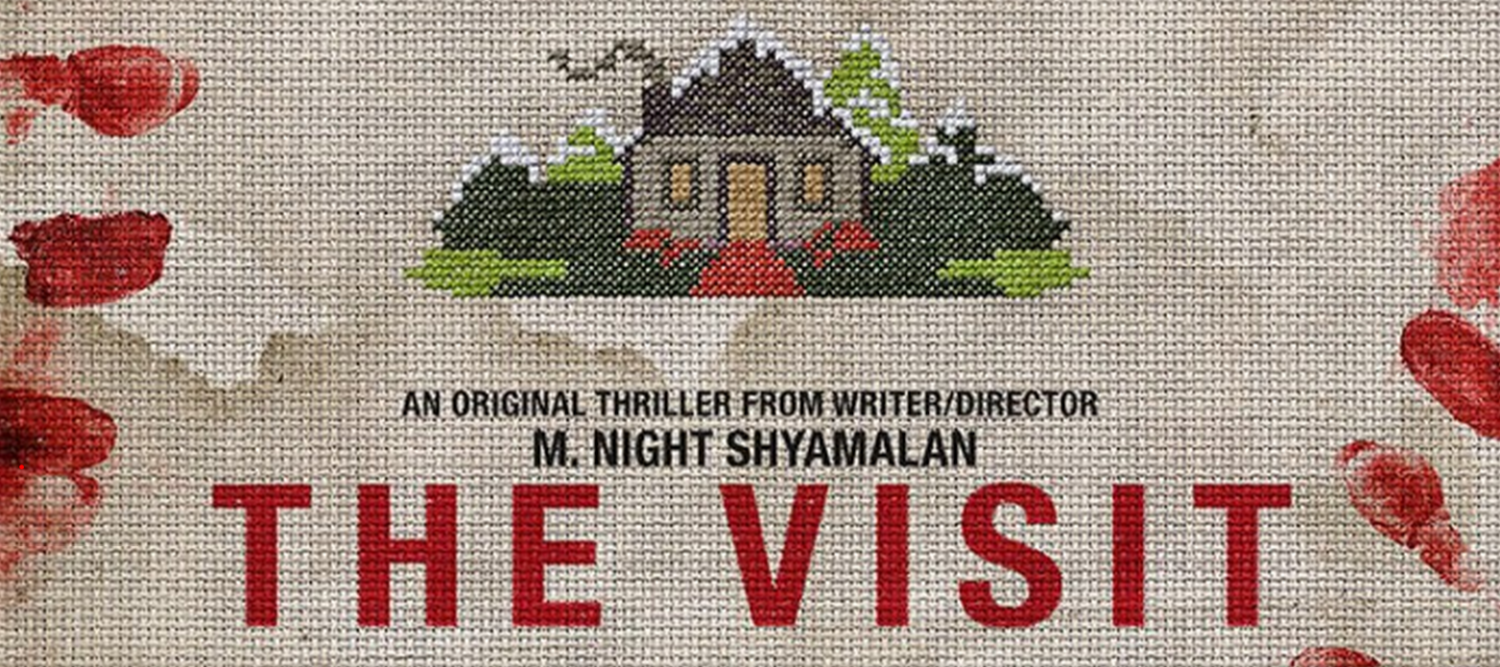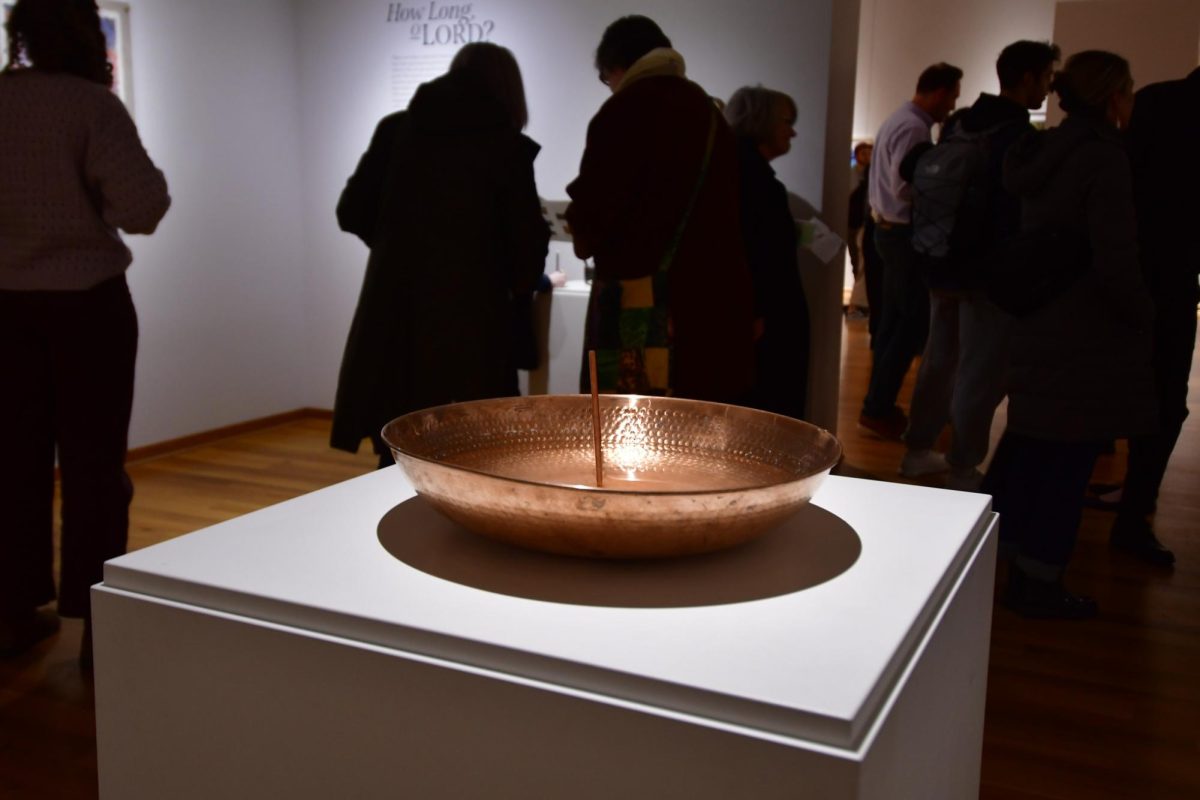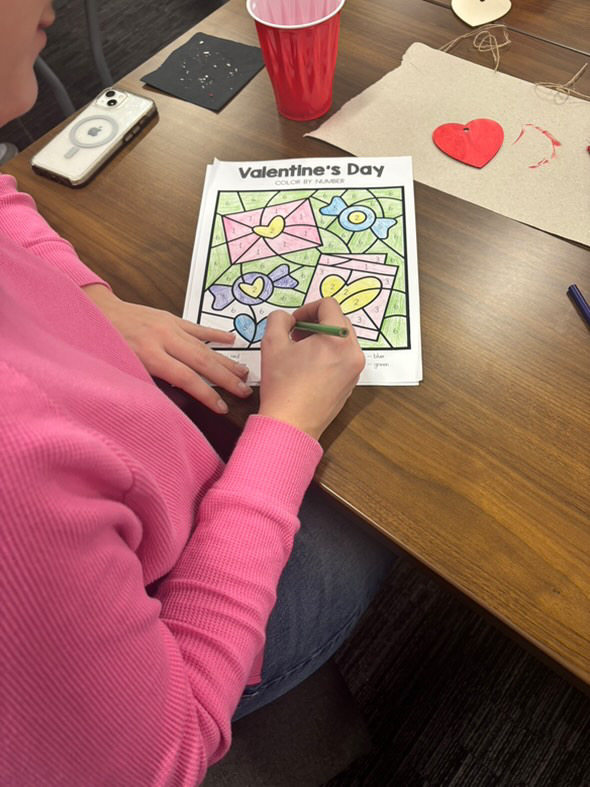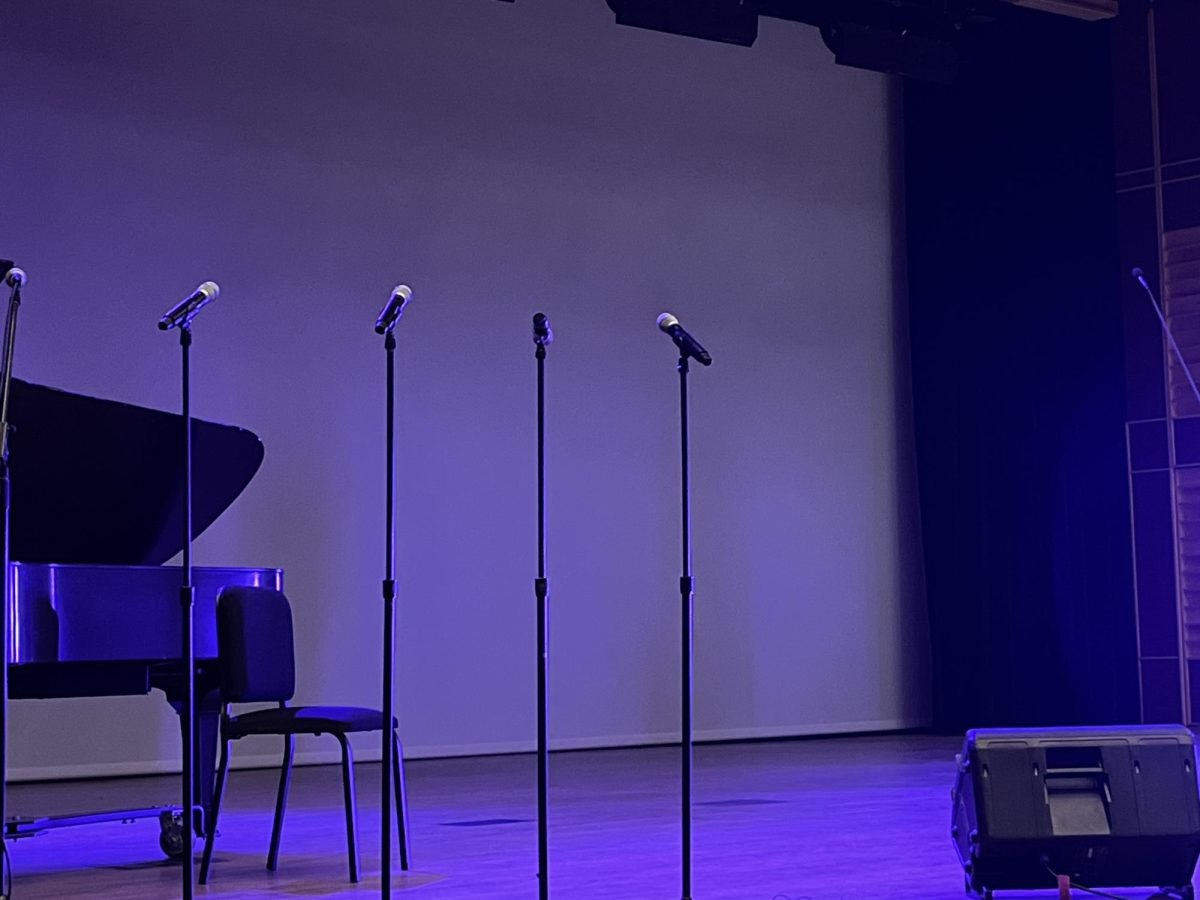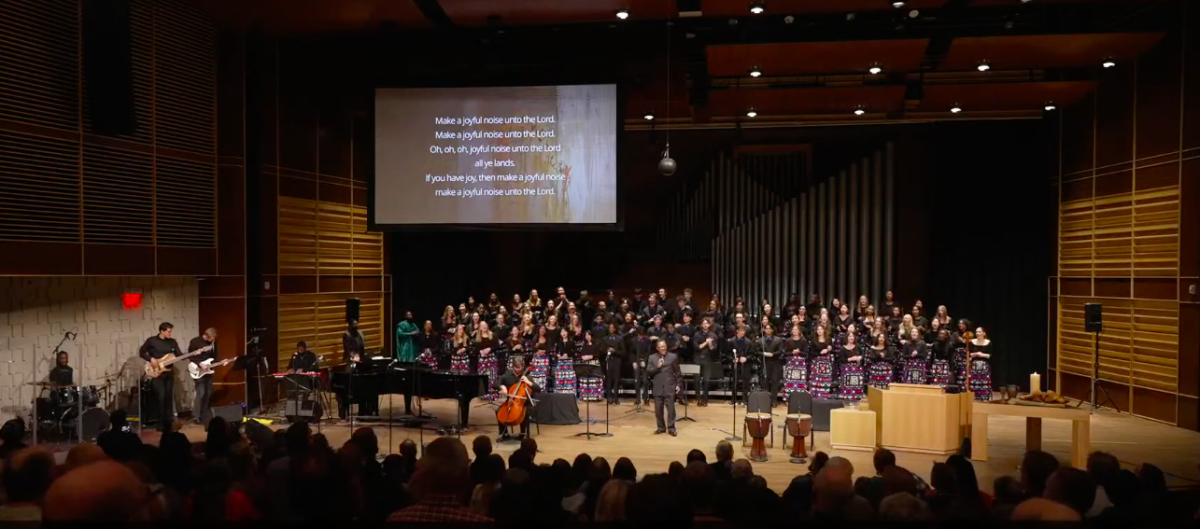For the past decade, M. Night Shyamalan has seemed bent on killing his career. After a period of success in which the director graced the thriller genre with gems like “The Sixth Sense” and “Signs,” Shyamalan began a slow and painful decline which culminated with two of his most recent works, the practically unwatchable “The Last Airbender” and “After Earth.”
So it was with a great deal of skepticism, but still a glimmer of hope, that I mustered up the courage to see the director’s newest horror comedy film, “The Visit.”
And it was with a smirk on my face that I walked out of the theater, not because the film had met my low expectations, but because it had far exceeded them in ways I was unprepared for.
Shot largely in a first person documentary style by the lead female protagonist Rebecca, whofancies herself a filmmaker, “The Visit” accompanies Rebecca and her younger brother, Tyler, on a week-long stay with their estranged grandparents while their mother embarks on a cruise with her new boyfriend. As backstory, the kids’ mother, Paula, explains that her parents disowned her 15 years earlier after she eloped with a high school teacher, which explains why the kids have never met their grandparents until now.
Although all seems perfectly well and good at first, Rebecca and Tyler soon start to notice things about Nana and Pop Pop that seem a little bizarre. Rebecca blames these strange events on just normal elderly dementia. After all, grandparents are supposed to be sweet and bumbling and humorously senile. But, as anyone who has ever seen a horror movie with an elderly woman in it, when just one of those ingredients is missing, things can turn very creepy very quickly.
As a horror movie, “The Visit” is as chock-full of cliches as they come — from jump scares to bumps in the night, the film has it all, yet Shyamalan knows this and manages to make a parody of these cliche moments. The kids themselves bring constant humor to intense and frightening situations, which serves to add a level of believability to the weirdness.
And, of course, the movie is essentially a found footage film which we have been informed is supposed to automatically make things scarier. Despite being incredibly overused, Shyamalan proves that, in the right hands, the technique can still be effective. As it is used here, the method enhances the sensation of claustrophobia, that whether we like it or not we are on board for this ride till it ends.
Although the movie raised more laughs than screams in the theater I was in, “The Visit” as a whole is still positively creepy and unsettling. What does Pop Pop keep in his shed? Why won’t he let the kids into the basement? Why does Nana ask Rebecca to clean the oven only to urge her to go all the way inside it? And what are those scratching noises that happen after everyone has gone to bed? The kids soon find that their documentary film project intended to reconcile their mother to her estranged parents has instead turned into an investigative mystery with sinister undertones, and when the director’s signature twist comes, because you knew it was going to come, it is genuinely shocking, although not nearly as effective as those found in some of his earlier works.
With “The Visit,” Shyamalan seems to have once again found his stride. This is far from a perfect movie, but it sure is a heck of a lot of fun. The director masterfully uses a blend of horror and comedy that in the span of seconds elicits screams of alarm that transition to chuckles of disbelief. If he can maintain this caliber of filmmaking, Shyamalan may yet be able to wash away the sins of his past.



